
Whether you trace it to New York's South Bronx or the villages of West Africa, hip-hop has become the voice of a generation demanding to be heard.
As Plantation Negros, Corporate Negros and NeoNegro Secular Liberals search for meaning, whine about "glass ceilings", project the boogeyman of "White Supremacy" and parrot the Gay Lobby - the spiritual energy embedded in Hip Hop metaphor rules the world.


His "gauge" menacingly at the ready, L. T. Hutton, left, cuts a thuggish image. In reality, he's a prolific record producer for hip-hop megastars like Snoop Dogg. Is the violence and materialism of much rap music a reflection of reality or just a marketing device aimed at disaffected youth?

Hip-hop comes full circle on a beach outside Dakar, Senegal. Jally, a kora-playing griot who makes a living telling stories at ritual ceremonies (or for tourists), jams with Omar N'Gala Seck, a rapper who infuses the American form with fresh shots of its African roots.

Paco Arias (in Cardinals jersey) escaped a world of gangs and violence when he moved from a rough Chicago neighborhood to suburban Dayton, Ohio. The 14-year-old soon linked up with other teens who share his love of hip-hop, far from the conditions in which it arose.

A streetwise rapper named Mo Slinga busts a freestyle jam on a sweltering night in New York City. In the tradition of African poet-musicians called griots and Jamaican MCs toasting to music, he weaves rhymes on the spot, about the pains and pleasures of everyday life.

Rappers in the working-class areas of Paris give voice to the anger and aspirations of young people from minority communities, where unemployment and exclusion from wider French society fueled recent widespread rioting. Hip-hop served much the same function decades ago as it developed in economically deprived inner cities in the United States.

Patrons at a Seoul hip-hop club dance the night away. Rap's pedigree as a brash creation of urban youth living in harsh post-industrial environments continues to give the music its edge, even as it has been adopted worldwide by young people of nearly every culture and economic strata.

All eyes in the club are on Fátima Milán Cabezas as she moves to a hip-hop beat in Barcelona. A New World creation with African roots, hip-hop has become a vehicle for youth expression and rebellion in cultures from Europe to Asia.








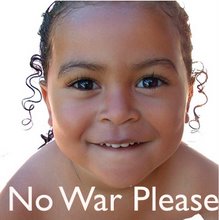




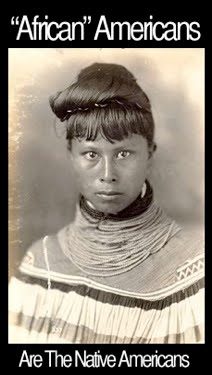




























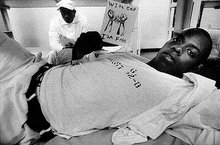



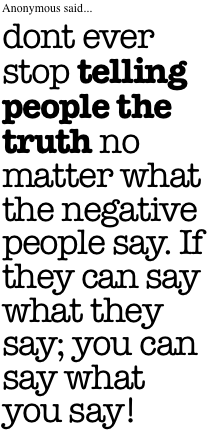


































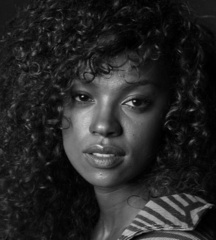

























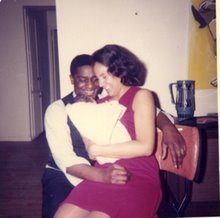



1 comment:
This is where the best of hip hop resides. It is in the lyrics hurled by Palestinian youths in defiance of their marginilization. DV, I have a book recommendation for you. I haven't read From Kung Fu to Hip Hop: Globalization, Revolution, and Popular Culture by M.T. Kato yet but based on the brief synopsis it seems quite intriguing and is on my future reading list.
Post a Comment